Volunteer
There are more than 150 active Friends volunteers. These volunteers donate over 12,000 hours of their time each year to help the Park. Volunteer activities include restoration, maintenance, gardening, front desk greeters, Nature Shop sales, education, research, bird feeding, and special programs like our annual festivals. Click here to download our volunteer application, or you can contact our volunteer coordinator, Julie Henry, by emailing volunteer@rgnc.org or leaving a message at 505-343-1373.
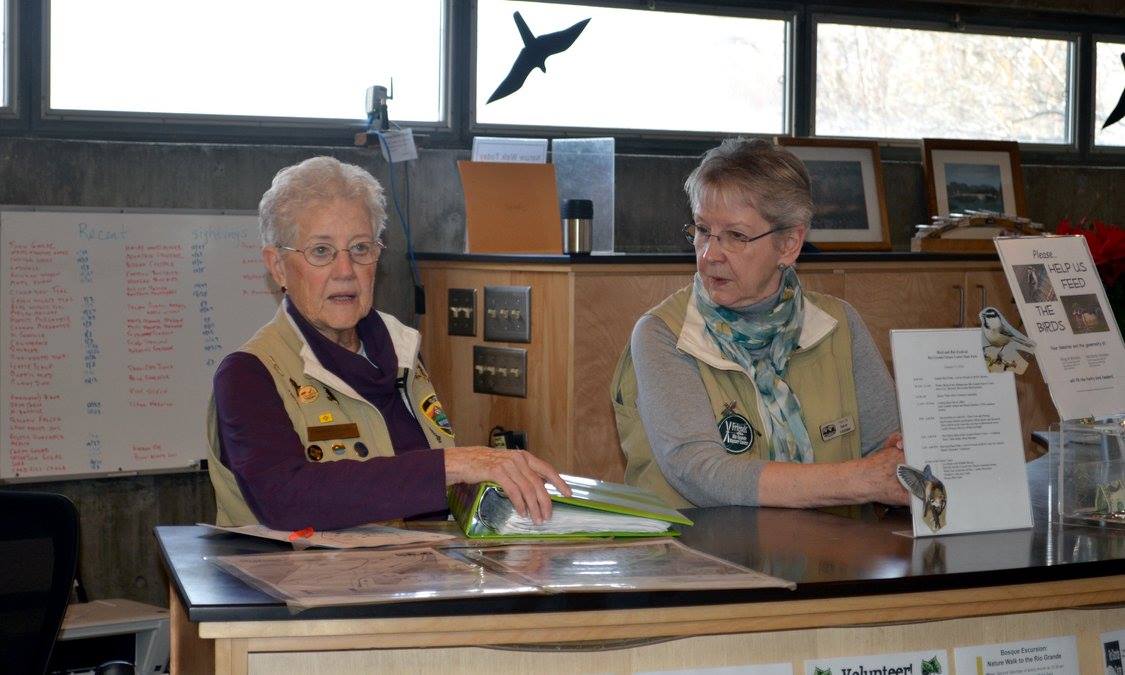
FRONT DESK ATTENDENT
The front desk is the first point of contact for most visitors to the park. Front-desk volunteers meet and greet the visitors. They answer questions and give directions to the various park attractions. They answer the park phone, sell friends memberships, and enroll children in our summer programs. The front desk offers a unique opportunity for volunteers to meet people from across the country and around the world. It is a great place to volunteer for anyone with good people skills and an ability to multitask.
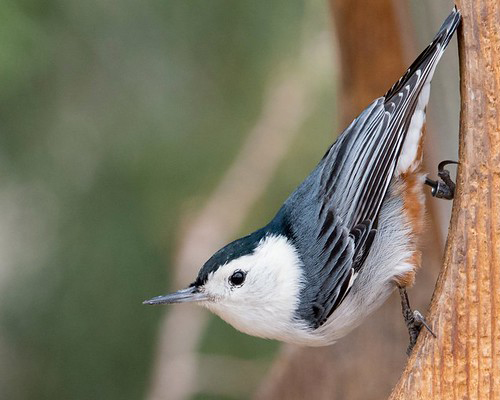
BIRD FEEDER MAINTAINER
Volunteers fill the park’s bird feeders on Mondays year-round. The park has three groups of feeders: one just off the entrance path, another in the Native Plant Garden, and a third near the Observation Pond. (The birds are fed a sunflower seed mix donated monthly by Wild Birds Unlimited and suet which is purchased.) During the winter, volunteers provide cracked corn for the ducks and geese at the Observation Pond, which often freezes.
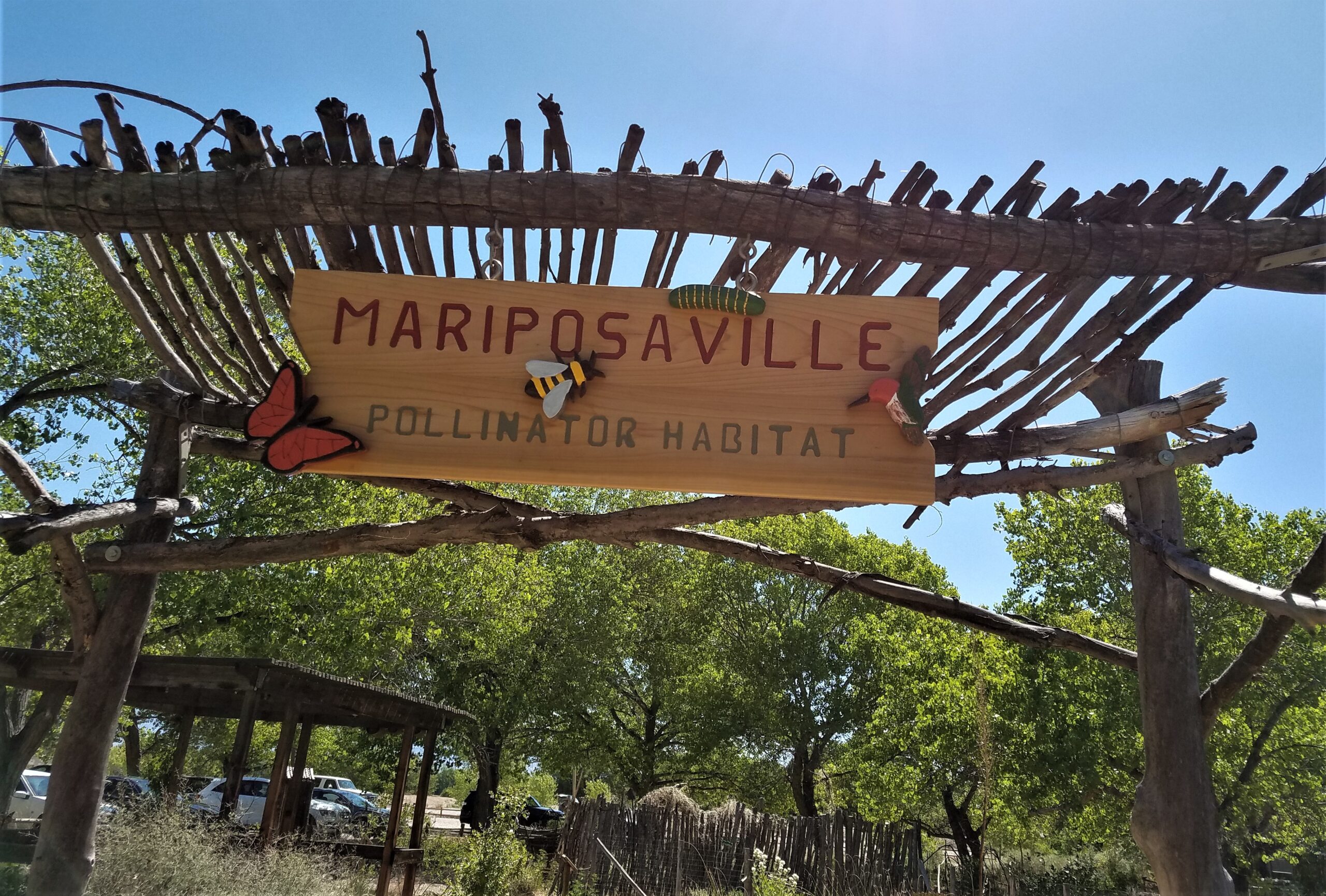
MARIPOSAVILLE MAINTENANCE
Mariposaville attracts visitors and pollinators alike to enjoy its meandering trails and flowering perennials. Our aim in Mariposaville is to attract bees, moths, beetles, butterflies and hummingbirds, primarily with drought tolerant native plantings. To advance this goal, volunteers assist in watering, weeding, planting and periodic maintenance of the grounds and structures. Flexibility in scheduling allows individuals to volunteer on different days, times and on a variety of projects.
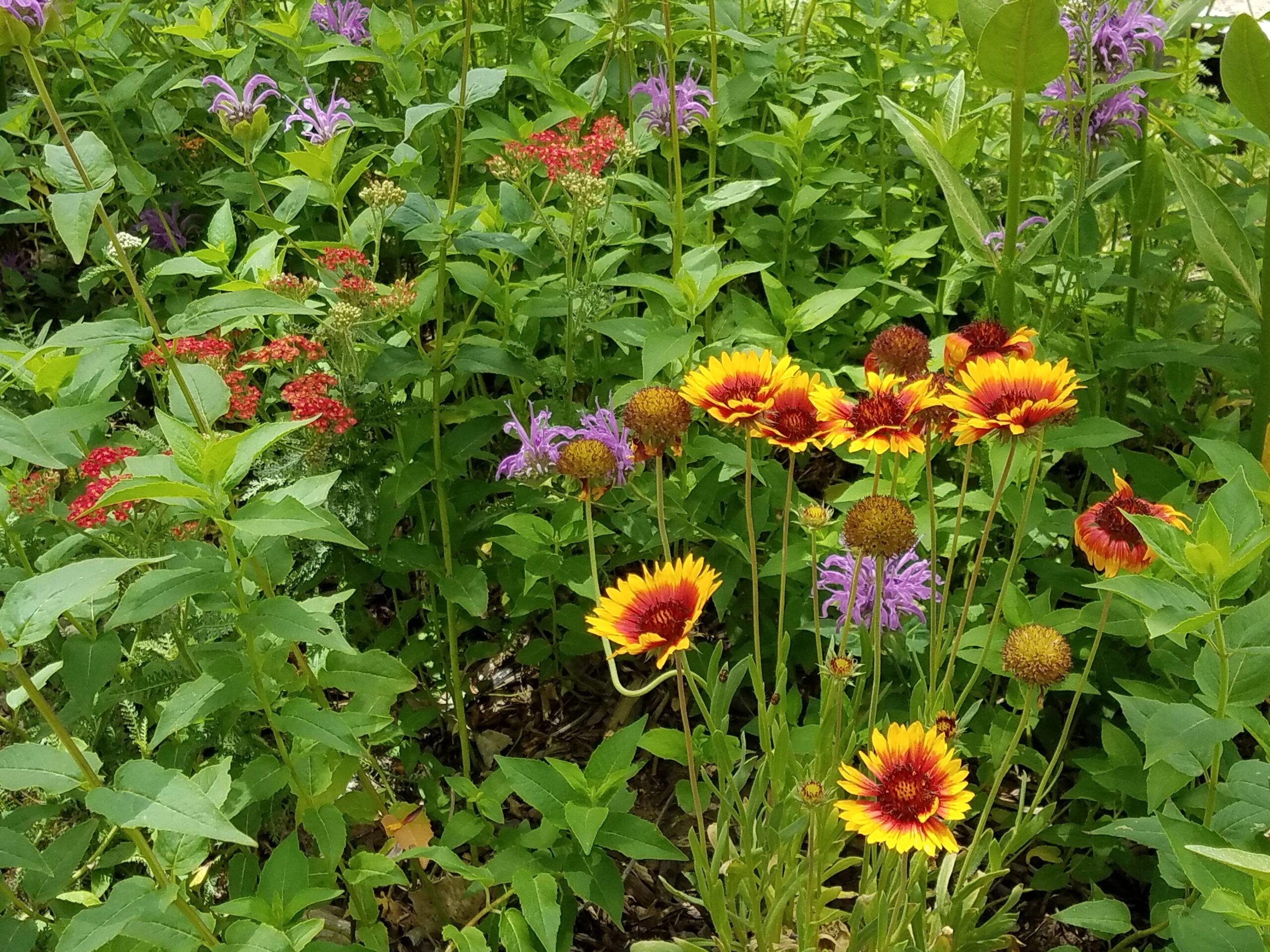
NATIVE PLANT GARDENER
Volunteers in the Native Plant Garden grow plants for public education and enjoyment, maintain habitats for native wildlife, and provide a place of delight for visitors. The Native Plant Garden is a place to volunteer for anyone who like digging in the dirt, is interested in native plants, and values restoring and protecting habitat for native wildlife. Volunteers help manage and maintain the garden, which covers approximately 1.5 acres, by performing tasks such as planning, planting, watering, maintaining inventory, cleaning up the area, performing special projects, and acting as in-garden hosts to visitors. Spend as much or as little time as you can spare or be a “floater” and do daily assignments or adopt-a-garden area. Bring your own gloves, hat and water. Most tools are provided.
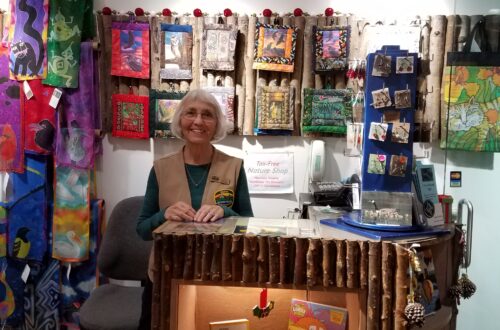
NATURE SHOP CLERK
The Nature Shop offers another opportunity for volunteers to meet and greet visitors to the park. Nature Shop volunteers engage with customers and answer questions about the products sold in the shop. New volunteers work with experienced volunteers as they learn about the shop’s merchandise and processes, such as operating the cash register (training is provided). Nature Shop volunteers need good customer-service skills, minimal computer skills, and basic math skills to deal with cash and credit transactions. If you think of yourself as a people person with good customer-service skills, the Nature Shop is an ideal place for you to volunteer.
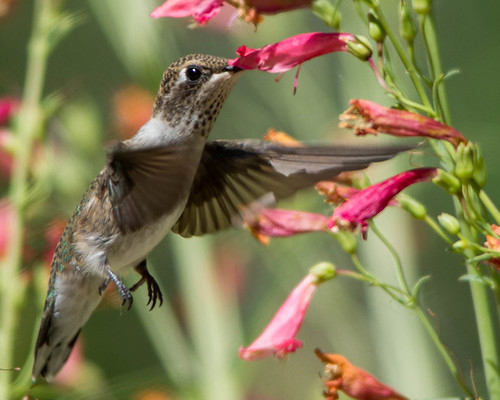
HUMMINGBIRD FEEDER MAINTENANCE
From mid-April to mid-October, hummingbird volunteers are tasked with checking the sugar-water levels of the hummingbird feeders at the Nature Center. Feeders are checked daily and cleaned and refilled as needed. This activity can take up to an hour to complete, depending on the number of feeders that need to be refreshed. Each volunteer has an assigned day to check and manage the feeders. Typically, each volunteer manages the feeders one day per week. The joys of being a hummingbird volunteer include seeing hummingbirds up close, watching them as they wait for you to put up a fresh feeder, getting to meet park visitors, and enjoying the beautiful Rio Grande Nature Center.
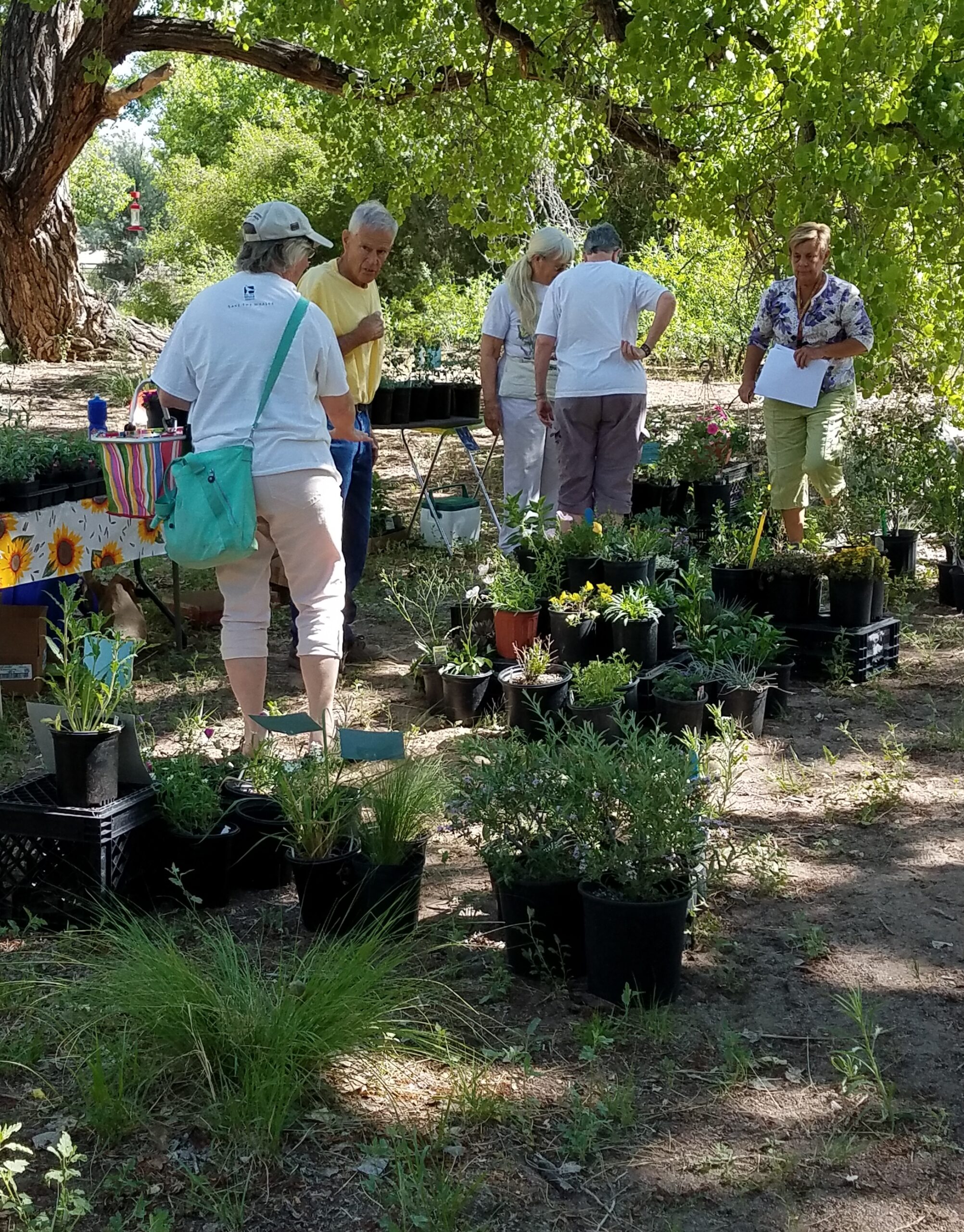
RESTORATION/NON-NATIVE PLANT REMOVAL
The goal of restoration is the removal of nonnative plants and establishment native plant species beneficial to wildlife. Our plan is to establish a functioning ecosystem that includes native grasses, shrubs, and trees. Restoration has been ongoing since the Nature Center was established in the 1980s; since then grasses, shrubs, and trees have been planted throughout the Nature Center grounds by staff and volunteers. To ensure success with growing plants, comprehensive data is collected during the planting and watering process.
Typically, this volunteer-run program includes removing nonnative species, planting native species, and ensuring plant survival by continuous watering until the plants become established. (Nonnatives are removed to large dumpsters and carted offsite.) Most planting is done in the winter, spring, and fall. Watering is most intensive in the summer when plants are watered twice weekly. In the winter, watering is done every other week. Restoration is for volunteers who like to be outdoors and are capable of moderate physical activity in all weather conditions.
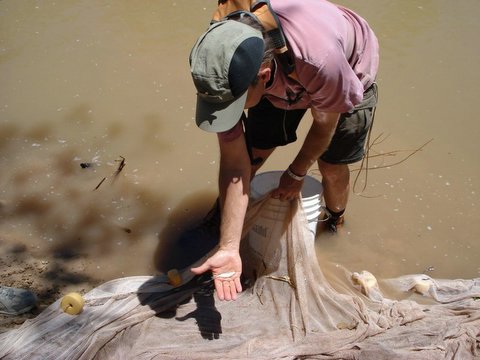
RESEARCH COMMITTEE MEMBER
Because the Rio Grande Nature Center State Park is so close to the bosque, the river, and the surrounding urban environment, it offers a natural setting for biological research. The purpose of the Research Committee is to coordinate projects by reviewing study plans, getting regular copies of results, and finding volunteers to help with specific projects. Past projects include the Mesic Grassland Project, Water Quality Monitoring (ongoing), and the Candelaria Wetland. Currently, there are four ongoing projects: monthly Water Quality Monitoring, a summer Candelaria Macro Count, the Habitat Restoration Project, and the Trail Camera Project. The committee meets monthly to review ongoing projects and discuss ideas for new projects.